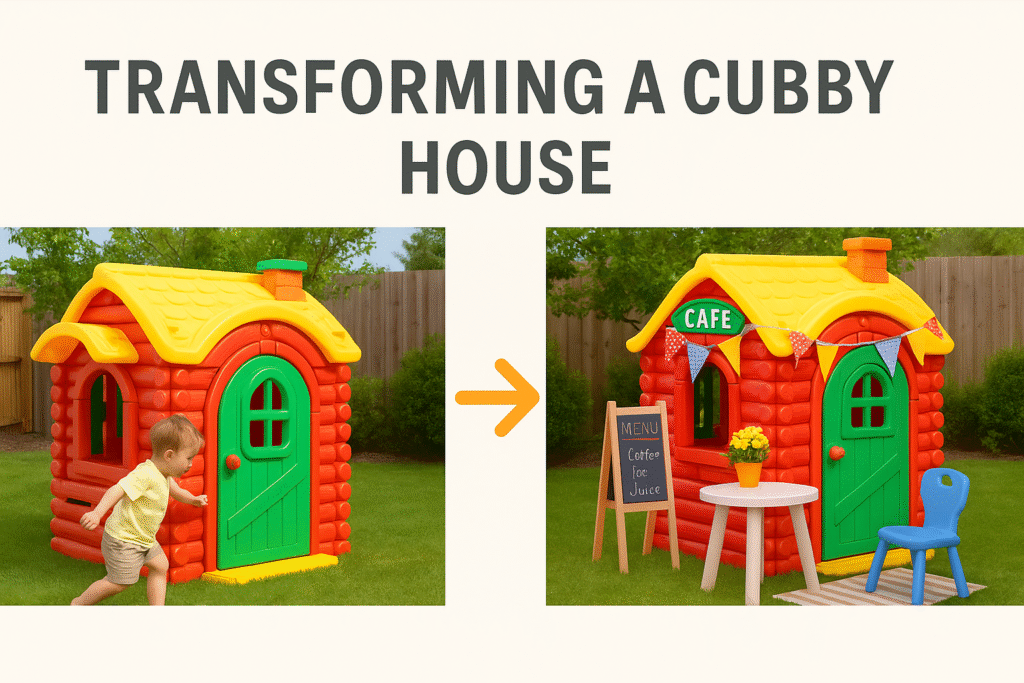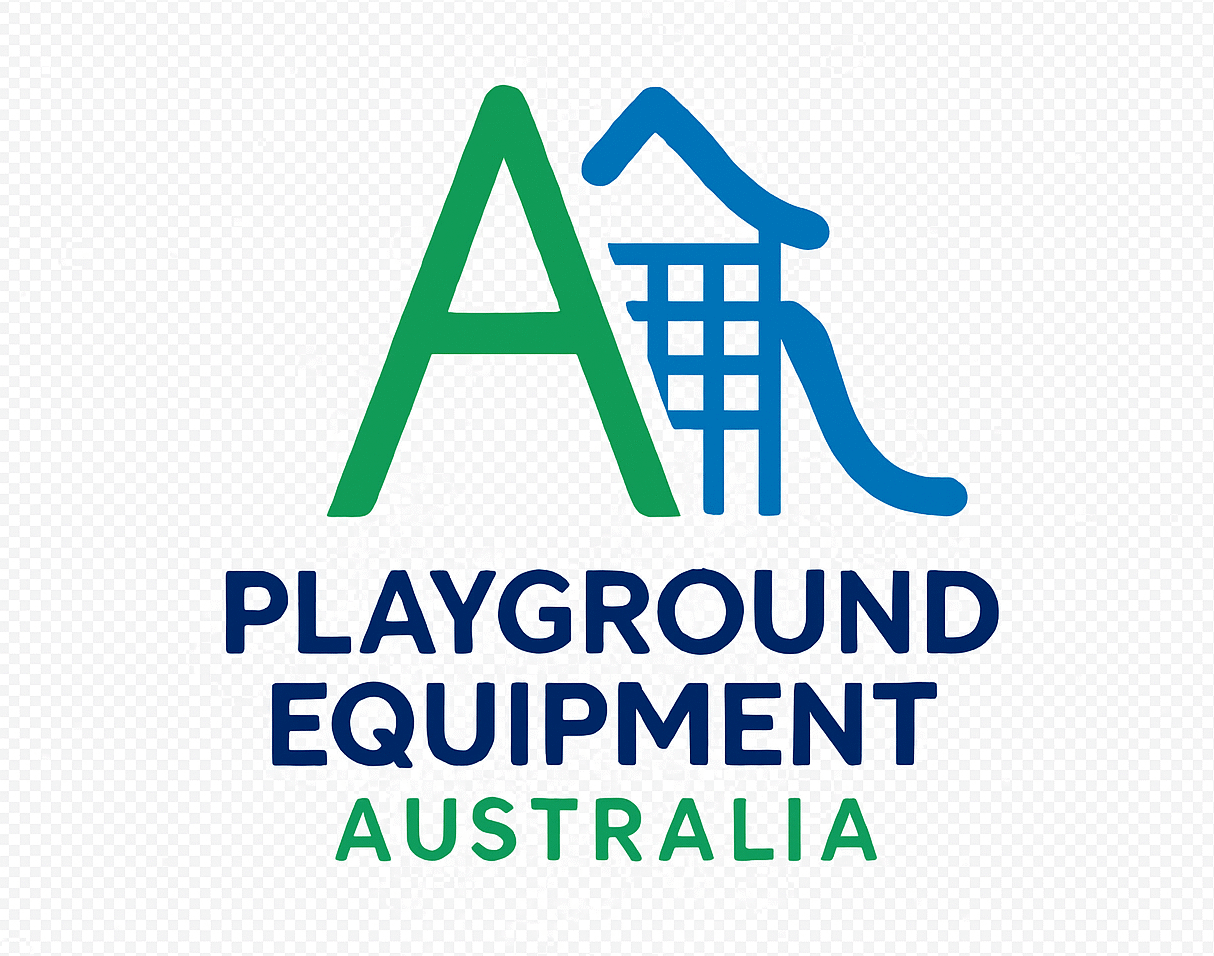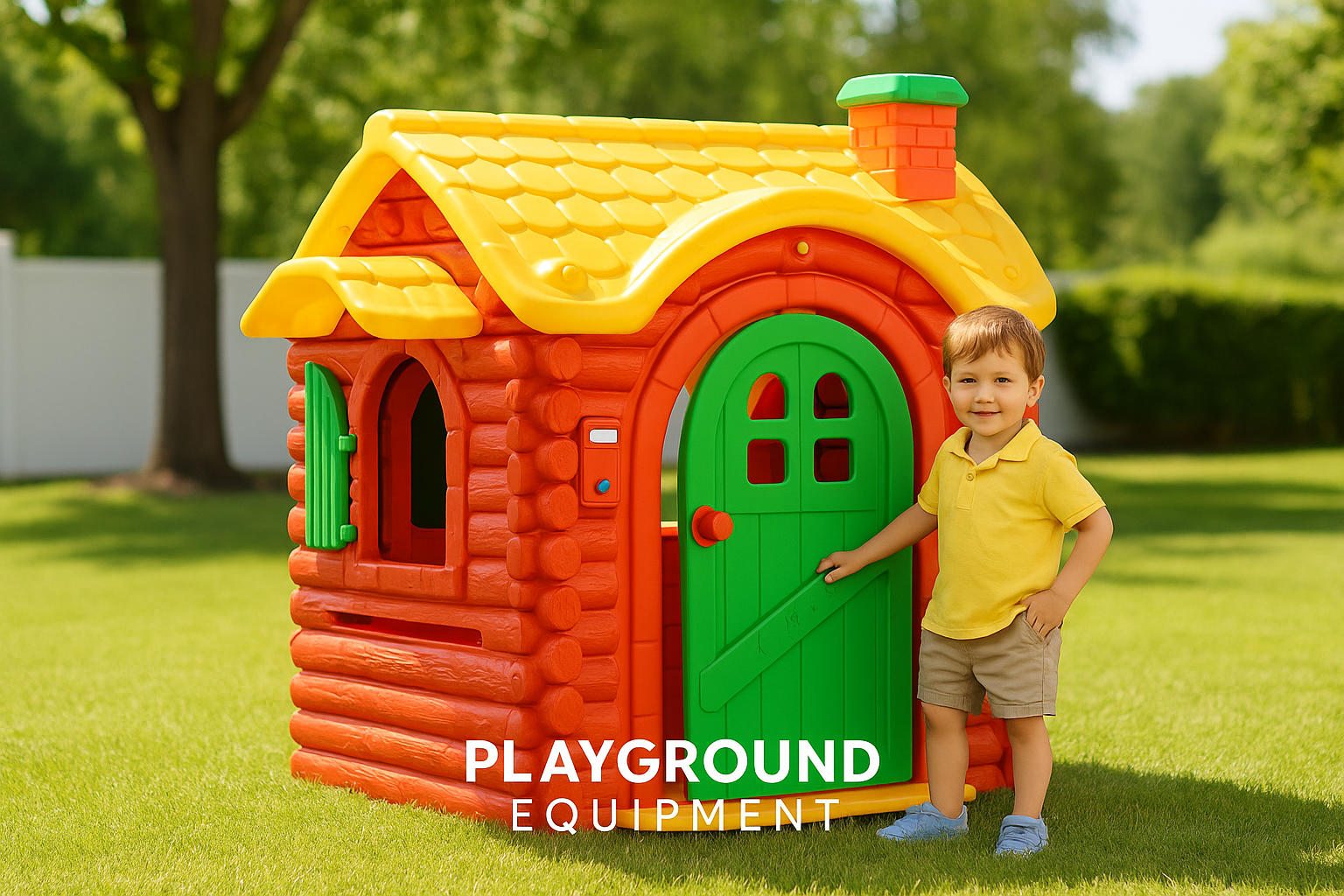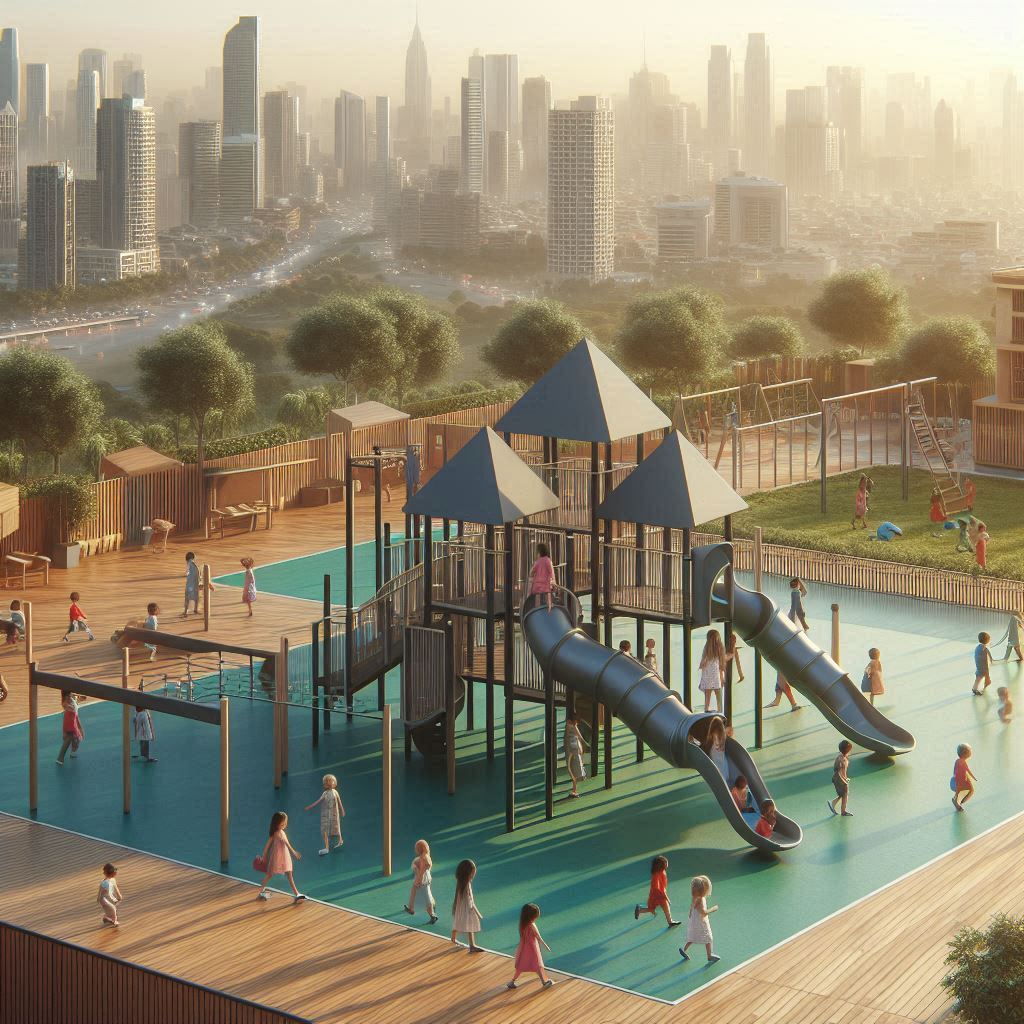— One Family’s Honest Journey from Screen Time Battles to Outdoor Imagination
Part 1: The Hidden Struggle Behind Closed Doors
Like many modern families, we tried everything to reduce our child’s screen time—setting timers, rewards, even deleting apps. But as two working parents, juggling Zoom meetings and school pick-ups, we found ourselves giving in far too often.
Our five-year-old had energy, curiosity, and big feelings—but no real outlet. Our backyard was “just grass,” and every day after school, the tablet seemed like the only thing that kept him engaged while we cooked or finished work.
Part 2: The Cubby House We Almost Didn’t Buy
We had always brushed off cubby houses as “too bulky,” “too expensive,” or “too gimmicky.” Until one weekend, I read a post from another mum who said her Prince’s Play Cabin became her daughter’s “calm corner” outdoors. Something about that stuck with me.
So we browsed the Cubby House collection, looked at the measurements, and decided to try the Forest Cabin Cubby House. It was compact, colourful, and under $400.
We expected it to be “just another toy.”
We were wrong.
Part 3: How One Playhouse Sparked a Whole New Routine
From the first day we assembled it, things changed.
He called it his “station.” He brought out his dinosaurs and had them patrol the windows. The next day, he turned it into a library, asking us to “borrow” his books. By the weekend, it was a café—with leaf-tea and biscuit pebbles.
It wasn’t just play—it was storytelling, autonomy, social confidence, and emotional regulation.
And all it took was a safe, defined, child-sized space in the backyard.
Part 4: Why It Works — According to Science and Common Sense
Studies in child psychology suggest that unstructured play in nature or semi-natural settings (like a backyard with a cubby) enhances creativity, motor skills, and even emotional stability.
Unlike traditional toys, a cubby house:
- Provides a sense of ownership (it’s their house)
- Encourages open-ended play (no batteries or instructions)
- Supports social learning through pretend roles (chef, ranger, librarian)
- Is screen-free without being boring
Add a few accessories—a bell, a chalkboard, a picnic mat—and your backyard becomes a play-based classroom.
Part 5: Tips for Parents Considering One
Here’s what we wish we knew sooner:
Choose Height and Size Wisely
Our son is tall for his age. We almost bought a shorter unit, but the Vintage Cottage-Style Cubby House had a taller roof (163cm) and still fit in our space.
You Don’t Need a Huge Garden
We have a small patch of grass and a paved path. The Multi-Activity Cubby House even comes with its own seating, so we didn’t need separate furniture.
Assembly Is Easier Than Expected
Ours came flat-packed. Took about 20 minutes, no tools. Just snap, click, done.
Involve the Kids
Let them pick decorations, name the cubby, or “open” it with a ribbon-cutting ceremony. Ownership builds attachment.
Part 6: Unexpected Ways We Use It Now
- Quiet Time Corner: When overwhelmed, our child goes to “his house” to reset.
- Reading Nook: We bring cushions and a torchlight at dusk—it becomes a reading cave.
- Creative Projects Zone: He does drawing, builds LEGO inside, or pretends he’s hosting a radio show.
- Social Starter: When friends visit, the cubby becomes neutral territory, making sharing and co-play easier.
- Seasonal Themes: We turn it into a haunted house for Halloween, Santa’s mailbox in December, or an ice cream shop in summer.
These simple switches keep the space fresh and relevant throughout the year.

Part 7: How This Changed Our Parenting Approach
Before the cubby house:
- We fought over screen limits
- We felt guilty about passive play
- We spent weekends trying to “plan” entertainment
Now:
- Our child initiates his own play
- He spends 1–2 hours outside daily, rain or shine
- We bond by joining his world, not directing it
We even started incorporating other outdoor elements—sand trays, a small slide and swing combo, and nature scavenger hunts (inspired by this kids outdoor blog).
Bonus: What We Chose, and Why It Worked
| Product | Why We Loved It |
|---|---|
| Forest Cabin Cubby House | Easy fit in our small garden, cosy, childlike but realistic |
| Multi-Activity Cubby | Great for social play, especially when cousins visit |
| Prince’s Play Cabin | Lower height, simple door feature, ideal for under 4s |
Final Thoughts: It’s Not Just Plastic
When I first clicked “Add to Cart,” I thought I was buying a toy.
But it turns out, I bought:
- A daily routine reset
- A safe space for emotions
- A screen-free alternative
- A core memory builder
If you’re hesitating—don’t. Your child doesn’t need more electronics, or more rules. They need more worlds they can call their own.
And for us, it started with a cubby house.
Want to Explore?
Browse the full Cubby House Collection or read more real-life inspired ideas on our blog:


